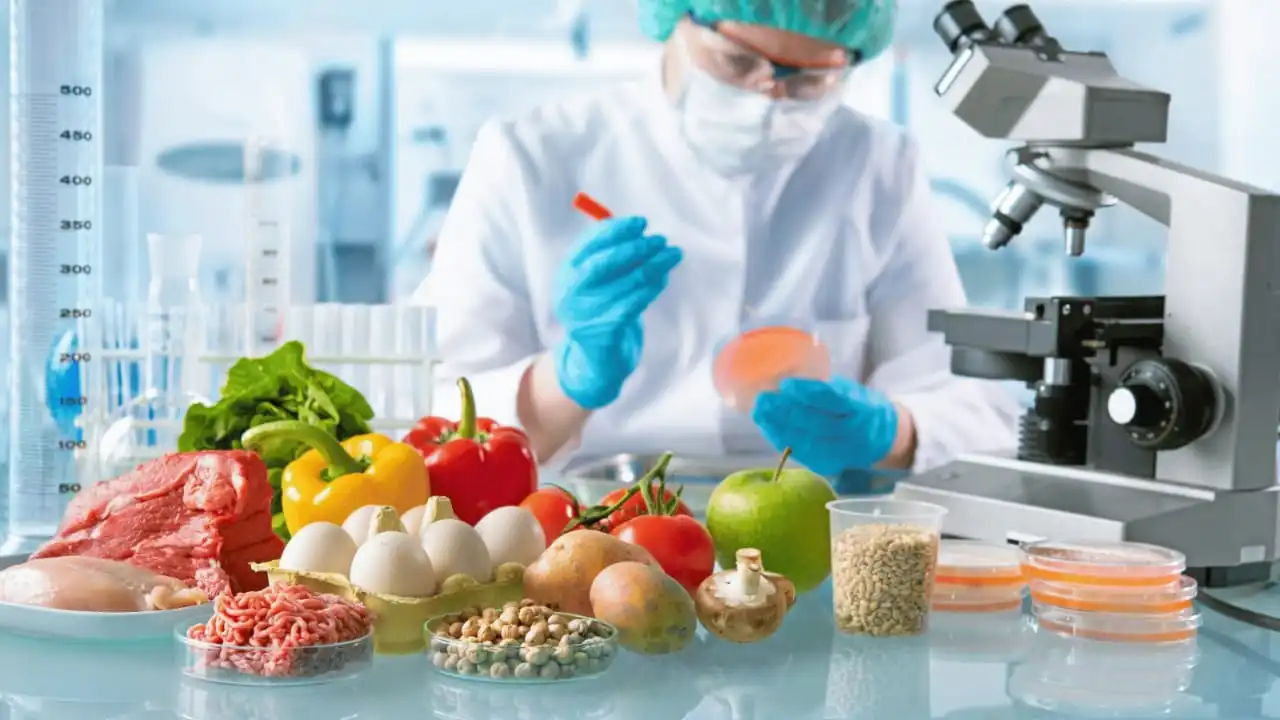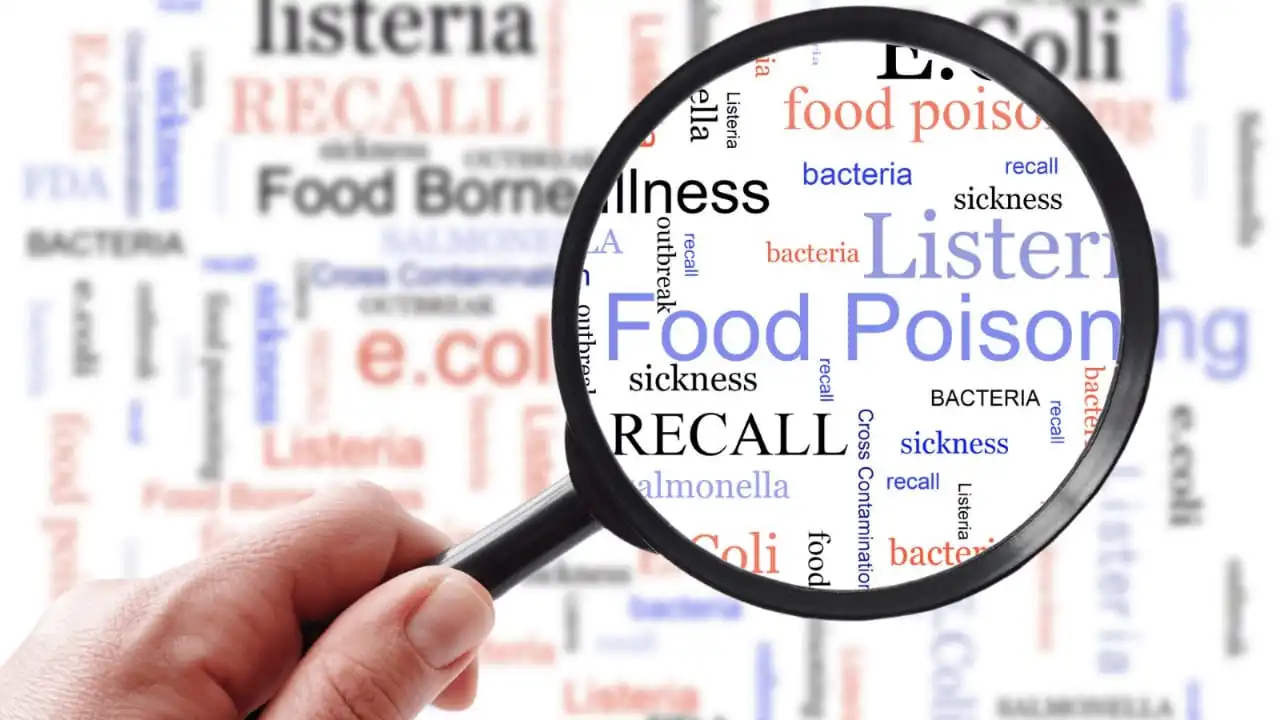Food safety is a critical issue that affects every individual, regardless of age, gender, or location. From home-cooked meals to restaurant dining, the safety and quality of the food we consume are of utmost importance for our health and well-being. Unfortunately, food safety accidents and scandals are not uncommon in the food industry, and they can have severe consequences for both consumers and businesses.

Whether it’s a nationwide outbreak of food poisoning or a major scandal involving contaminated ingredients, food safety incidents can shake consumer confidence and lead to significant economic and social impacts. Understanding the causes and effects of food safety incidents is crucial for preventing future incidents and ensuring that our food supply remains safe and reliable.
Here are some examples of food safety accidents in the food industry:
The 1993 Jack in the Box E. coli Outbreak
In 1993 Jack in the Box E.coli Outbreak, one of the deadliest foodborne illness outbreaks in the United States occurred when people who ate at Jack in the Box fast-food restaurants became infected with E. coli. The outbreak started in January of that year and was not contained until April. It affected mainly young children and their families who had eaten hamburgers contaminated with E. coli O157:H7, a particularly virulent strain of the bacteria.

The outbreak resulted in over 700 confirmed cases of illness, including 171 cases of hemolytic uremic syndrome (HUS), a serious complication that can lead to kidney failure and death. Four children died, and dozens of others suffered long-term health effects.
The cause of the outbreak was traced to undercooked beef patties that had been contaminated during processing. The meat had not been cooked to a high enough temperature to kill the bacteria, which then proliferated in the digestive systems of those who ate the burgers.
The Jack in the Box E. coli outbreak was a wake-up call for the food industry and led to significant changes in food safety regulations and practices. It also prompted the fast-food chain to adopt new safety measures and upgrade its meat processing facilities to prevent future outbreaks.
The incident also brought the issue of food safety to the public’s attention and highlighted the importance of proper cooking and handling of food. It remains a cautionary tale about the devastating consequences that can result from lax food safety practices.
The 2008 Chinese Milk Scandal
2008 Chinese Milk Scandal, a scandal erupted in China after it was discovered that milk and infant formula had been contaminated with the industrial chemical melamine. The contamination was traced to milk suppliers who added melamine to watered-down milk to increase its protein content and make it appear more nutritious.
The scandal resulted in tens of thousands of infants being hospitalized, with at least six deaths reported. Many of the affected infants suffered from kidney stones and other serious health problems.
The incident prompted widespread outrage in China and around the world and led to calls for greater transparency in the food industry. It also exposed the need for stronger food safety regulations and enforcement in China, where food safety issues have been a persistent problem.
The Chinese government responded by launching a crackdown on food safety violations and implementing stricter food safety standards. The incident also led to increased scrutiny of Chinese food exports, with many countries imposing stricter import requirements for Chinese food products.
The Chinese milk scandal serves as a cautionary tale about the dangers of cutting corners in the food industry and the importance of maintaining high standards for food safety.
The 2011 Germany E. coli Outbreak
In May 2011, a major outbreak of E. coli occurred in Germany, affecting over 4,000 people, and causing 50 deaths. The outbreak was caused by a rare strain of E. coli that had not been seen before.
The source of the outbreak was traced to sprouts that had been grown on a farm in Lower Saxony, Germany. The sprouts had been contaminated with the E. coli bacteria, likely from animal manure used as fertilizer.
The outbreak was one of the largest and deadliest on record and highlighted the potential dangers of contaminated fresh produce. It also exposed weaknesses in the food safety system in Europe, with different countries having different regulations and standards for food safety.
The incident led to increased cooperation among European countries on food safety issues and the establishment of a centralized food safety agency, the European Food Safety Authority (EFSA).
The Germany E. coli outbreak serves as a reminder of the importance of proper food handling and preparation and the need for strong and coordinated food safety regulations and enforcement.
The 2013 Horse Meat Scandal
2013 Horse Meat Scandal, a major scandal erupted in Europe after it was discovered that numerous food products labeled as containing beef contained horse meat. The scandal started in Ireland, where horse meat was discovered in burgers sold by several major retailers.
As the investigation widened, horse meat was found in beef products sold in other European countries, including the UK, France, and Germany. The scandal prompted widespread outrage and calls for greater transparency and accountability in the food industry.
The incident was caused by a complex web of suppliers and producers that made it difficult to trace the origin of the meat used in the products. It also exposed weaknesses in the food safety system in Europe, including a lack of testing and insufficient oversight of the supply chain.
The horse meat scandal led to significant changes in the way that food is labeled and sold in Europe. It also prompted a renewed focus on food safety and supply chain transparency, with many companies implementing stricter testing and inspection protocols.
The incident serves as a reminder of the importance of food labeling and the need for strong regulations and oversight to ensure that consumers can trust the food that they are buying and consuming.
The 2015 Blue Bell Ice Cream Listeria Outbreak
2015 Blue Bell Ice Cream Listeria Outbreak, a major outbreak of Listeria occurred in the United States, affecting products sold by the ice cream manufacturer Blue Bell. The outbreak resulted in ten confirmed cases of illness, including three deaths.

The outbreak was caused by Listeria bacteria that had contaminated the production lines and equipment at Blue Bell’s production facilities. The company had failed to adequately address the contamination, allowing the bacteria to spread and infect its products.
The incident prompted a massive recall of all Blue Bell products and a complete shutdown of the company’s production facilities. It also led to significant changes in the way that the company operates, with increased focus on food safety and sanitation.
The Blue Bell ice cream Listeria outbreak serves as a cautionary tale about the importance of proper food handling and the need for strong food safety regulations and oversight. It also highlights the potential dangers of Listeria, a bacterium that can cause serious illness and even death in vulnerable populations.
The incident led to greater scrutiny of food manufacturing practices in the United States and prompted other companies to re-evaluate their own food safety protocols. It serves as a reminder that food safety is a shared responsibility and that everyone in the food industry must do their part to ensure that consumers are protected from harm.
Frequently Asked Questions
What is the most common cause of foodborne illness?
The most common cause of foodborne illness is bacteria, such as Salmonella, E. coli, and Listeria.
How can I protect myself from food poisoning?
You can protect yourself from food poisoning by practicing good food safety habits, such as washing your hands frequently, cooking food thoroughly, and storing food properly.
What was the impact of the 2008 Chinese milk scandal?
The 2008 Chinese milk scandal led to widespread illness and several deaths and prompted a global outcry over the safety of Chinese food products.
What was the root cause of the 2011 Germany E. coli outbreak?
The 2011 Germany E. coli outbreak was caused by contaminated fenugreek seeds that were imported from Egypt.
What were the consequences of the 2013 horse meat scandal?
The 2013 horse meat scandal led to a loss of consumer trust in the food industry and prompted new regulations and oversight to ensure greater transparency in the supply chain.
How was the 2015 Blue Bell ice cream Listeria outbreak caused?
The 2015 Blue Bell ice cream Listeria outbreak was caused by contaminated production lines and equipment at the company’s facilities.
What lessons were learned from the 2008 Chinese milk scandal?
The 2008 Chinese milk scandal highlighted the need for better food safety regulations and oversight, as well as the importance of transparency in the food supply chain.
What can consumers do to ensure that the food they buy is safe?
Consumers can check food labels for information about ingredients and nutritional content and can also look for certifications such as the USDA Organic label.
How can the food industry improve food safety?
The food industry can improve food safety by implementing strict protocols for testing and sanitation, and by increasing transparency in the supply chain.
What role do government regulations play in ensuring food safety?
Government regulations are critical for ensuring food safety, as they set standards for food production and oversee food safety inspections and enforcement.
